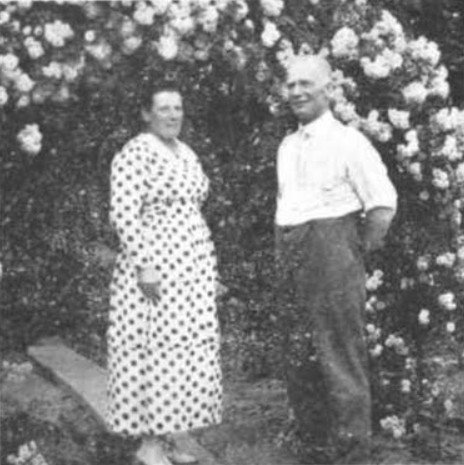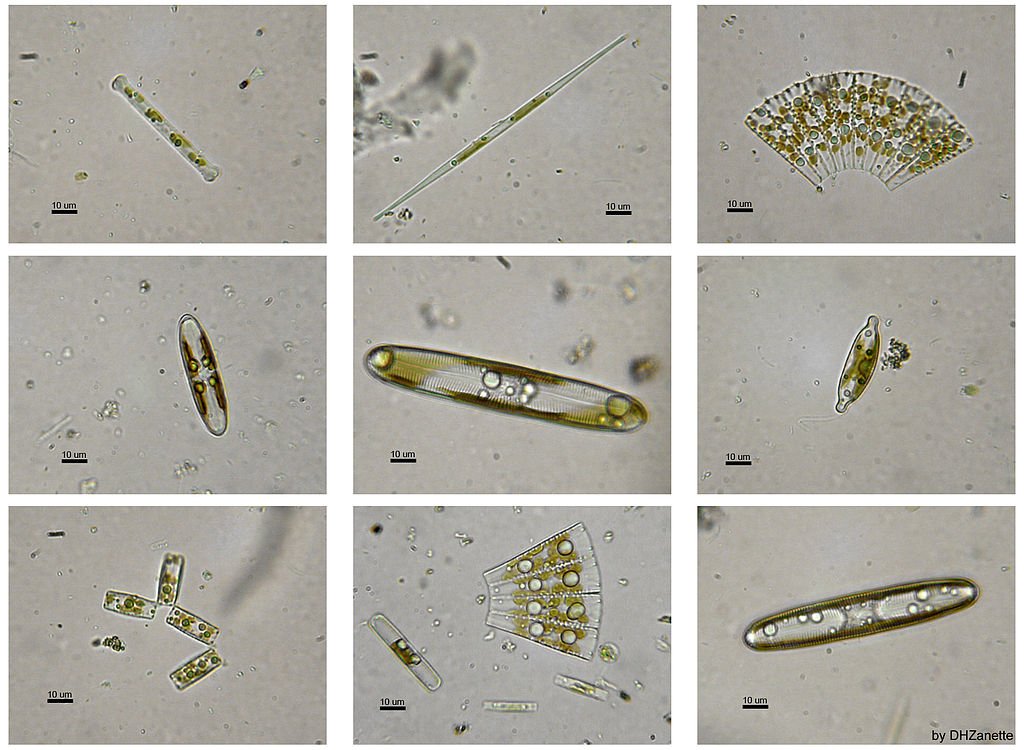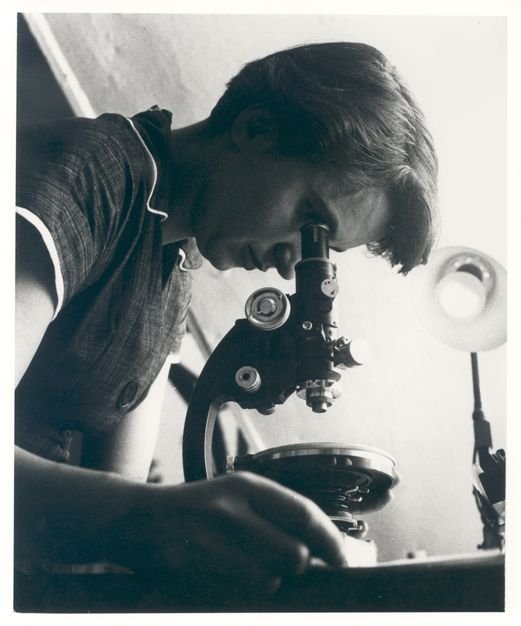
Santiago Ramón y Cajal and Ants | Nautilus
“The horrendous European war of 1914 was for my scientific activity a very rude blow,” Cajal recalled. “It altered my health, already somewhat disturbed, and it cooled, for the first time, my enthusiasm for investigation.”
““In about twenty or thirty years, when the orphans of the present war will be men, the same stupendous massacre will be repeated,”

Wealth or Science | John Tyndall on Michael Faraday
‘Tyndall’, he said at length, ‘I must remain plain Michael Faraday to the last; and let me now tell you, that if I accepted the honor which the Royal Society desires to confer upon me, I would not answer for the integrity of my intellect for a single year.’ I urged him no more, and Lord Wrottesley had a most worthy successor in Sir Benjamin Brodie.”

Jack Miner and the Birds | by Jack Miner (1865-1944)
“This, a sportsmen’s problem, may appear to you as being entirely out of place in a book like this; yet I want you to read, for I feel fully qualified to discuss this matter in a conscientious, fair and square, look-you-in-the-face manner, as I have the itching of my own trigger-finger fairly well harnessed, and have no desire to shoot any bird other than the cannibals”

Ruth Patrick's Lovely Creatures | Distillations
“In 1946 she gave the talk that marked the turning point of her career. Speaking at a meeting of the American Association for the Advancement of Science, she showed how species of diatoms, a type of algae that make their own silica armor, could be used to judge water health.”

Alexander Wilson | 1766-1813 | American Ornithology
“This has been the most arduous, expensive, and fatiguing, expedition I ever undertook. I have, however, gained my point in procuring two hundred and fifty subscribers, in all, for my Ornithology; and a great mass of information respecting the birds that winter in the southern states, and some that never visit the middle states”

One of the Most Egregious Ripoffs in the History Of Science | Nautilus
“Markel is not the first to report one of the worst episodes in the double helix drama—that Wilkins, without Franklin’s knowledge, went into a file room and retrieved a photographic print, created by experiments designed by Franklin, and showed it to Watson. The print, “Photograph No. 51,” revealed that DNA had a three-dimensional form in the shape of a double helix.”

Ms. Hisako Koyama: From Amateur Astronomer to Long-Term Solar Observer | Space Weather
“The path to science for a girl of any nationality born in the early twentieth century was formidable-to-nonexistent. Yet paths were forged by a few. We present the little-known story of one of Japan's premier solar observers and her contribution to the world's understanding of sunspots and space weather cycles.”

Francis Bacon | A Handy Book of Curious Information
“.. on April 9, he died of the disease now known as bronchitis. Macaulay adds, "In the last letter that he ever wrote, with fingers which, as he said, could not steadily hold a pen, he did not omit to mention that the experiment of the snow had succeeded excellently well."

Physics Loses a Giant | Science News
“But Weinberg understood the viewpoint of the historians perfectly well. He just didn’t like it. For Weinberg, the story of science that was meaningful to people today was how the early stumblings toward understanding nature evolved into a surefire system for finding correct explanations.”

An Incomparable Intellectual Who Fell Through the Cracks of History | Nature
“She lived the longest on the publickest Scene, she made the greatest Figure in all the Revolutions of these Kingdoms for above fifty Years, of any Woman of our Age. She employed it all for doing good to others, in which she laid out her Time, her Interest, and her Estate.”

Dear Aunt | Letter | James Clerk Maxwell
Q. Do scientists fall in love ?
A. Why shouldn’t they ? There are some exceptions but overall - everybody needs love …

Darwin’s Children Drew All Over the On The Origin of Species Manuscript | The Appendix
’It’s all a great reminder that even legendary scientists had family lives, and that when we think about history, it’s important to remember that famous figures weren’t working in isolation. They were surrounded by far less famous friends, family members, acquaintances, and enemies. And sometimes, when we get lucky, we see some of their artifacts from the past too.‘’

Helen M. Free and Alfred Free | Science History Institute
“Helen and Alfred went beyond testing for glucose and developed other strips for testing levels of key indicators of disease. Once they achieved success with a number of different test strips, they turned their attention to combining more than one test on a single strip.”

Annie M. Alexander: Paleontologist and Silent Benefactor | JSTOR Daily
“Alexander chose to operate largely in the background. Her donations to the museum were anonymous, she disliked having newly discovered species named after her, and she refused an honorary degree from the university. Instead, she would quietly support and manage the operations of both museums for nearly five decades.”

A Blight on Soviet Science | Damn Interesting
“When they were ready to cross the river, the men unslung their rifles and began shooting into the water, continuing for hundreds of rounds. The river was turbulent with the thrashing mass of crocodiles before turning a deep crimson, their bodies floating belly up. Pushing the crocodiles aside with the butts of their rifles, the men waded across the river towards the highlands to complete the aim of the expedition—to collect an assortment of seeds to bring back to their extensive seed repository in the Soviet Union.”

The End Of Time | Nautilus Magazine
“This April, as he sat in the kitchen of his 360-year-old house in Oxfordshire, England, Barbour, 84, was still discussing the concept of time with the excitement of a 26-year-old. In December, 2020, he published The Janus Point, his first book since The End of Time. It’s named after the two-headed Roman god who simultaneously looks forward and backward.”

Ernest Rutherford's Ambitions | Physics Today
“In the early 20th century, the most important physics laboratories in the world were concentrated in Europe; by comparison, North American institutions were scrappy upstarts at best and irrelevant backwaters at worst. Rutherford felt isolated and frustrated by his distance from the centers of the physics world.”

For the Sake of Science | Distillations | Science History Institute
“That work would earn him the 1944 Nobel Prize for Chemistry and a postwar platform he would use to oppose nuclear weapons. Like many scientific feats, the discovery of nuclear fission was made with the help of others, including colleagues and close friends, such as Lise Meitner. But after the war Hahn minimized the contributions made by Meitner. Why did he do it—for the pursuit of personal glory or some other reason?”

A scientist and Dancer | Undark | Arstechnica
“I am among those who think that science has great beauty.” As quoted in Madame Curie : A Biography (1937) by Eve Curie.
“Intoxicating art and, simultaneously, an industrial accomplishment”. Mallarme on Loie Fuller, ”Les fonds dans le ballet”, 1893.